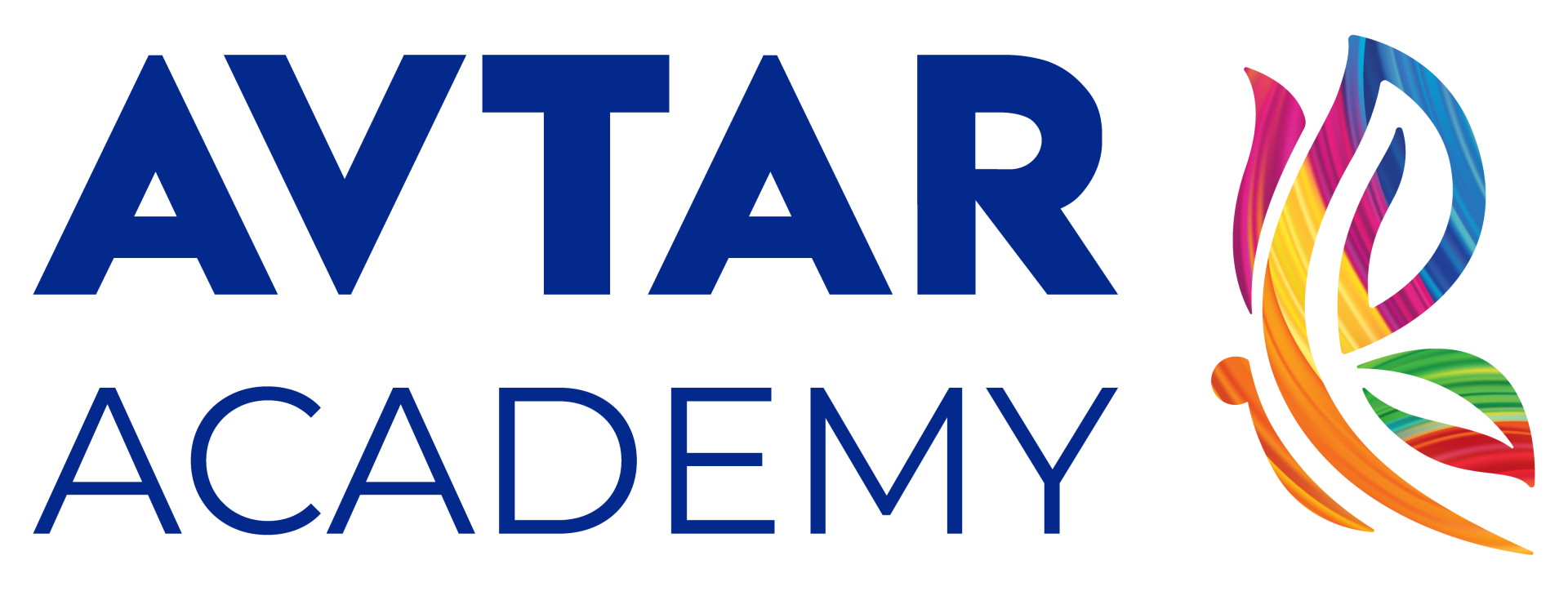It is important to build and foster strong relationships in the workplace. It is the foundation on which an organization stands and thrives. We also know that solid relationship building is important for a successful career trajectory for any professional. And a conflict, if left unchecked, can lead to disruptions that can even jeopardize the organization’s name and sometimes its existence.
Yet at the same time, conflicts are unavoidable in the workplace because it is a melting pot of people with different communicating styles, contrasting personalities and values, and diverging goals and interests. For example, Steve Jobs and John Sculley had a major falling out over strategic decisions and management styles when they were together at Apple, which led to Sculley firing Jobs in 1985. Another famous fallout happened between the founders of Microsoft – Bill Gates and Paul Allen – in the mid-1980s, over business decisions, with Allen eventually leaving the company. Both these conflicts hugely affected the respective companies, resulting in declining sales and lack of innovation for a considerable period. So, conflicts are costly. And conflict, whether small or big and whether it occurs at the leadership level or the entry level, needs to be attended to. Organizations should address these workplace conflicts through mediation for the benefit of all the parties involved and arrive at fair solutions.
However, resolving conflicts through mediation entails a process. Here are some critical points to keep in mind while addressing disagreements:
Acknowledge early: Relationship conflicts must be addressed immediately or as early as possible. It is better to address it before it spirals out of control which may lead to complicated issues like resentment, anger, or even abuse. Of course, mediation takes up time and requires the mediator to spend time and put in effort to solve the problem in hand. Most often, the mediator is the leader or the team manager, who can take measures to solve the problem in hand.
Prepare well: The mediator should prepare for the reconciliation session by collecting background information about the conflict and relevant documents or files. Also, one must set ground rules for the mediation procedure and explain the process.
Listen actively: A critical ingredient of effective communication is active listening. The mediator must listen to both parties, giving the speakers his/her full attention, focussing on understanding both the speakers’ perspectives, and making sure there are no interruptions when the parties are explaining their side of things.
Address the emotional aspect: It is natural for conflicts to have an emotional impact on the parties involved. So, one must address this with utmost care and consideration while mediating a dispute. Create a supportive space for the people involved in a conflict, by bringing up pleasant memories from the past, validating their feelings, and empathizing with them.
Discuss options: The mediator should facilitate an open discussion between the two parties to discuss various potential solutions to the conflict, giving both sides equal opportunities to share their views. Brainstorm creative solutions, and evaluate each of them by analysing their pros and cons.
Recommend a timeout: After the initial address of the issue, suggest a short break of a few days. After the tension eases, the parties can re-group after ruminating on their own perspectives and the other party’s. A timeout can help mend relationships because it helps the individuals analyse the problem with a clear and open mind, where empathy and compassion come into play.
Rebuild alliance: Leaving an issue abruptly with a formal handshake may resolve the conflict for the time being but lead to trouble later. So, both parties must be encouraged to rekindle their relationship, by getting them to commit to concrete action to restore the relationship they had. Have them collaborate on future projects within the same team (if applicable) to re-establish the connection.
Conflicts are inevitable in workplaces. But when they are handled carefully, the damage they cause can be kept to a minimum.


